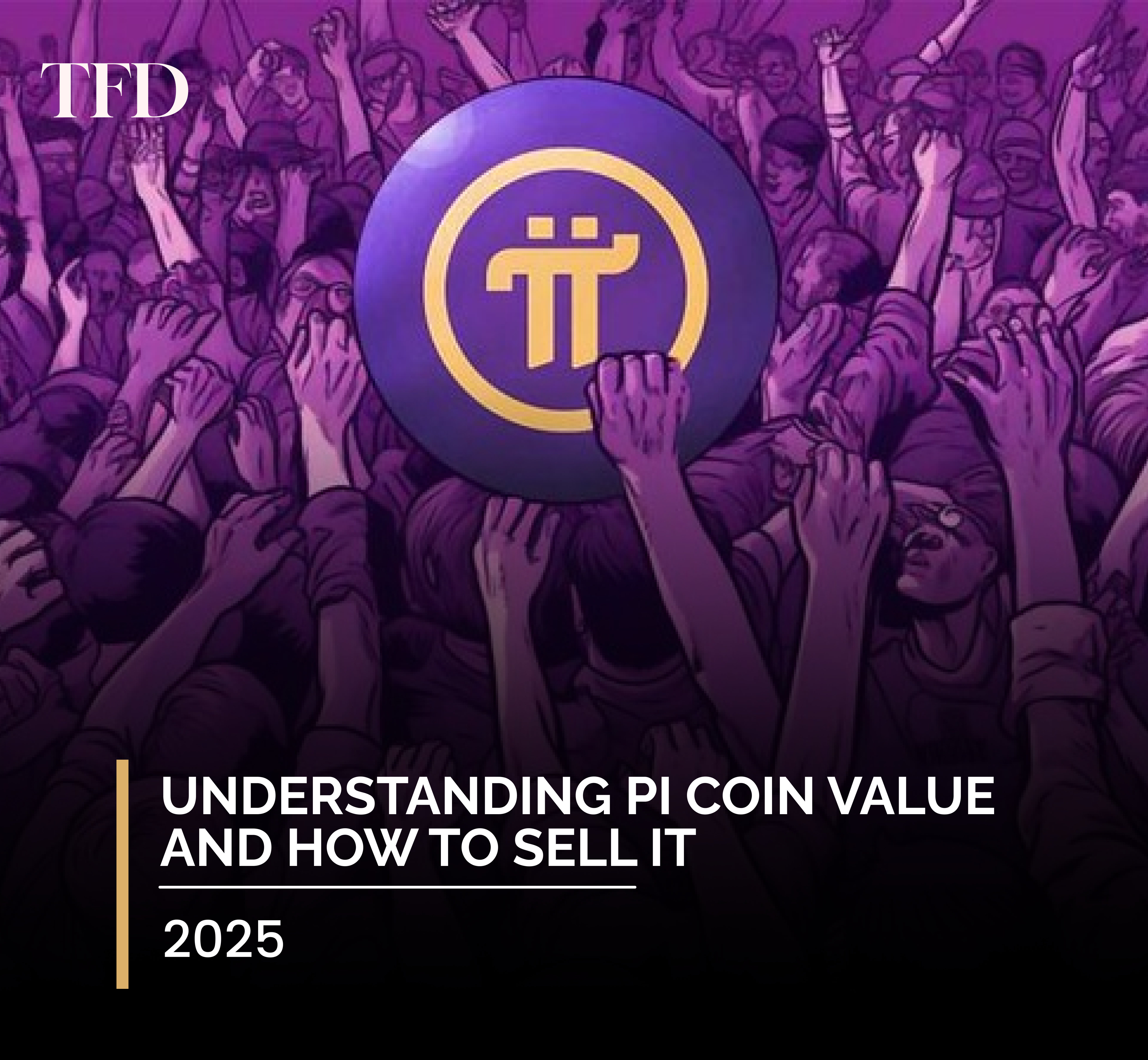In the ever-evolving world of cryptocurrency, Pi Coin has sparked quite a bit of interest. You might have come across it as the “cryptocurrency you can mine on your phone,” but what’s its actual value? And if you’ve gathered some Pi Coins, how do you go about selling them? This guide is here to help you navigate everything you need to know about Pi Coin, its current situation, the factors that affect its value, and how to sell it safely.
What is Pi Coin?
Pi Coin is the digital currency that powers the Pi Network, a blockchain initiative that kicked off in March 2019. It was developed by a team of Stanford graduates with the goal of making cryptocurrency accessible to everyone. What sets it apart is its mobile mining feature, which lets users earn coins through a straightforward smartphone app without draining their battery or needing pricey hardware.
Unlike well-established cryptocurrencies like Bitcoin or Ethereum, Pi Coin is still in the works. The primary focus has been on expanding the Pi community and ensuring the network’s security. While Pi Coin isn’t yet available on major exchanges, it’s steadily gaining momentum as the project evolves.
The Current Status of Pi Coin
As of now, Pi Coin is still in its enclosed mainnet phase, which means it hasn’t been fully launched on external exchanges. This makes it tricky to pin down a definitive market value for Pi Coin since it’s not actively traded. Any “value” you might find online is based on speculative projections or internal trading experiments among Pi users.
The Pi Network team has stated that they are concentrating on building its ecosystem and ensuring regulatory compliance before making the coin available on public exchanges. Once Pi Coin is listed during its open mainnet phase, its market value will be determined by supply, demand, and other market factors.
Factors Influencing the Value of Pi Coin
Several factors will determine the eventual value of Pi Coin, including:
- Adoption and Demand
The wider the adoption of the Pi Network, the more demand there will be for its native coin. If more businesses accept Pi as a payment method or if developers create dApps using Pi Coins, its value may rise. - Scarcity
Like other cryptocurrencies, Pi Coin’s value could be influenced by its supply. Currently, users are mining Pi at a decreasing rate, which could drive scarcity and increase its theoretical value, assuming demand grows. - Trust in the Project
Since Pi is still in its infancy, trust plays a major role. If the Pi team delivers on promises, such as a secure network and trading on major exchanges, confidence will grow, potentially boosting value. - Market Competition
The cryptocurrency space is highly competitive, with thousands of tokens vying for attention. Pi Coin will need to demonstrate unique utility to stand out alongside Bitcoin, Ethereum, and others. - Economic Trends
Cryptocurrency markets are impacted by external factors like global market conditions, regulations, and sentiment. These elements will play a role in shaping how Pi Coin performs once it’s listed.
How to Sell Pi Coin
Selling Pi Coin requires patience until it becomes tradable on external exchanges. However, once Pi enters its open mainnet phase, you can follow these steps to safely sell your coins:
1. Set Up a Crypto Wallet
Ensure you’ve completed Pi Network’s Know Your Customer (KYC) verification process to transfer your mined coins to the mainnet wallet. This wallet will act as your Pi balance holder. Protect your wallet credentials with a strong password and use multi-factor authentication for added security.
2. Wait for Exchange Listings
Pi’s value will only be realized when it gets listed on recognized public exchanges. Once this happens, register for a cryptocurrency exchange such as Binance, Coinbase, or another that supports Pi Coin. Keep yourself updated via the official Pi Network app and community announcements to track exchange partnerships.
3. Deposit Pi Coins on the Exchange
Transfer the Pi Coins from your wallet to the exchange where trading is enabled. Ensure you use the correct wallet address from the exchange to avoid losing your coins.
4. Sell Pi Coins
Once your Pi is on the exchange, you can sell it for a range of trading pairs, such as Pi/USDT or Pi/BTC. You can place a market order (sell instantly at current market price) or a limit order (sell at your desired price when the market reaches it).
5. Withdraw Your Earnings
After selling your Pi Coins, you can withdraw your earnings in fiat currency, like USD or EUR, or transfer it into another cryptocurrency of your choice. Make sure to check withdrawal fees and limits before completing the transaction.
Tips for Safe Trading
- Beware of Scams
Since Pi Coin isn’t tradable yet, beware of anyone claiming to buy or sell Pi on unauthorized platforms. These are most likely scams. - Use Trusted Exchanges
When Pi becomes tradable, ensure you’re using a reputable exchange. Check for user reviews and ensure the platform has a strong track record in security and transparency. - Enable Security Measures
Whether it’s on your Pi wallet or on an exchange, always use two-factor authentication, a strong password, and monitor your accounts regularly for suspicious activity. - Avoid Emotional Trading
Crypto markets are volatile. Avoid the temptation to panic sell at low points or overinvest when prices spike. Take time to analyze the market trends before making decisions. - Stay Updated
Follow Pi Network’s official channels to stay informed about announcements, exchange listings, or regulatory updates. Reliable information will help you make safer decisions.
Final Thoughts
Pi Coin is an interesting project poised to bring cryptocurrency mining to the masses through a user-friendly app. While its value remains undefined for now, the platform has the potential to create significant market impact if its ecosystem grows as planned.
For now, focus on accumulating Pi through mining and completing KYC. Once external trading begins, you’ll have the tools to sell your coins safely and avoid scams. Remember, cryptocurrency is a rapidly evolving space, so always do your research before making financial decisions.
Happy mining, and stay safe!
Also read: Vincent and Theo van Gogh: A Bond That Shaped Art









